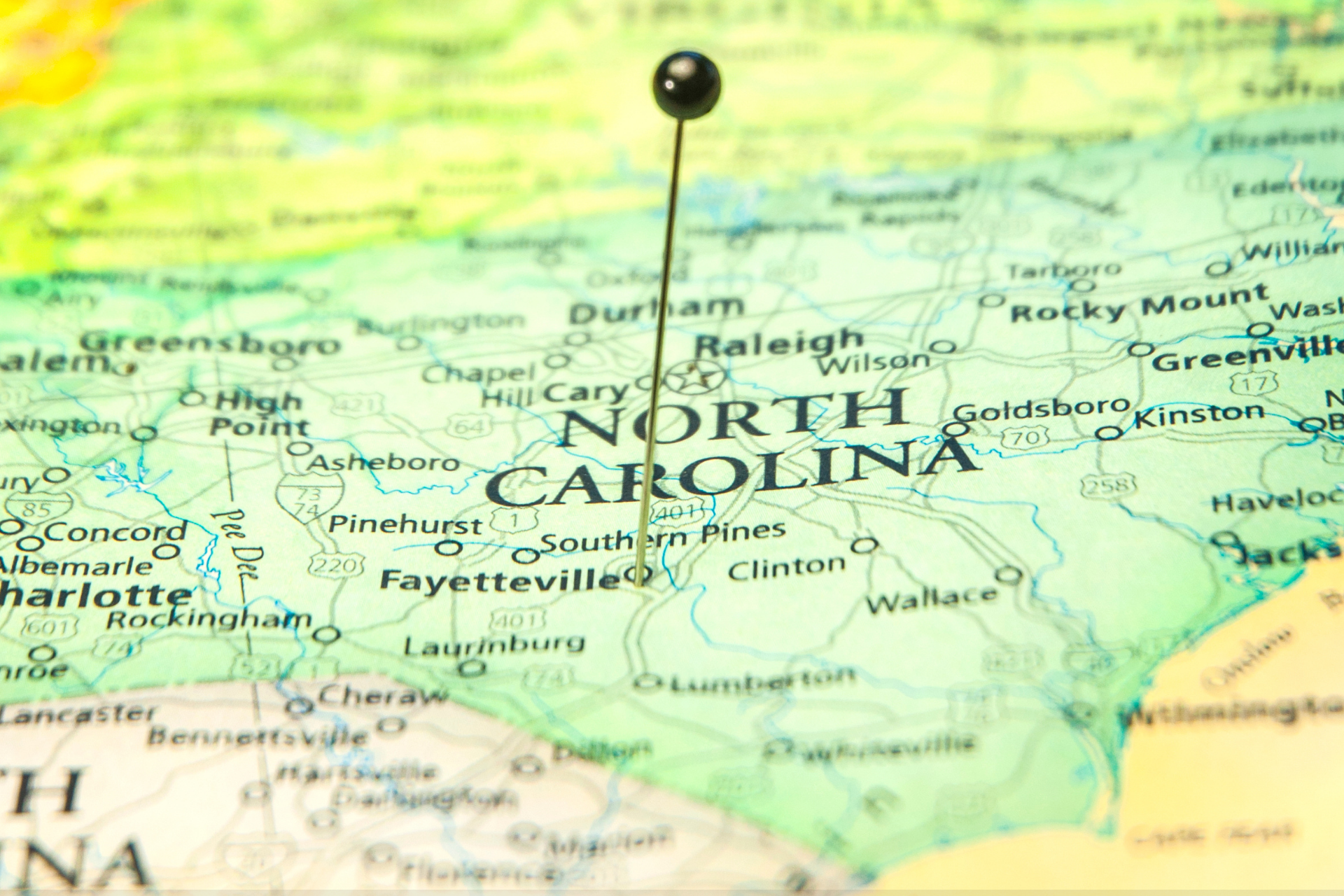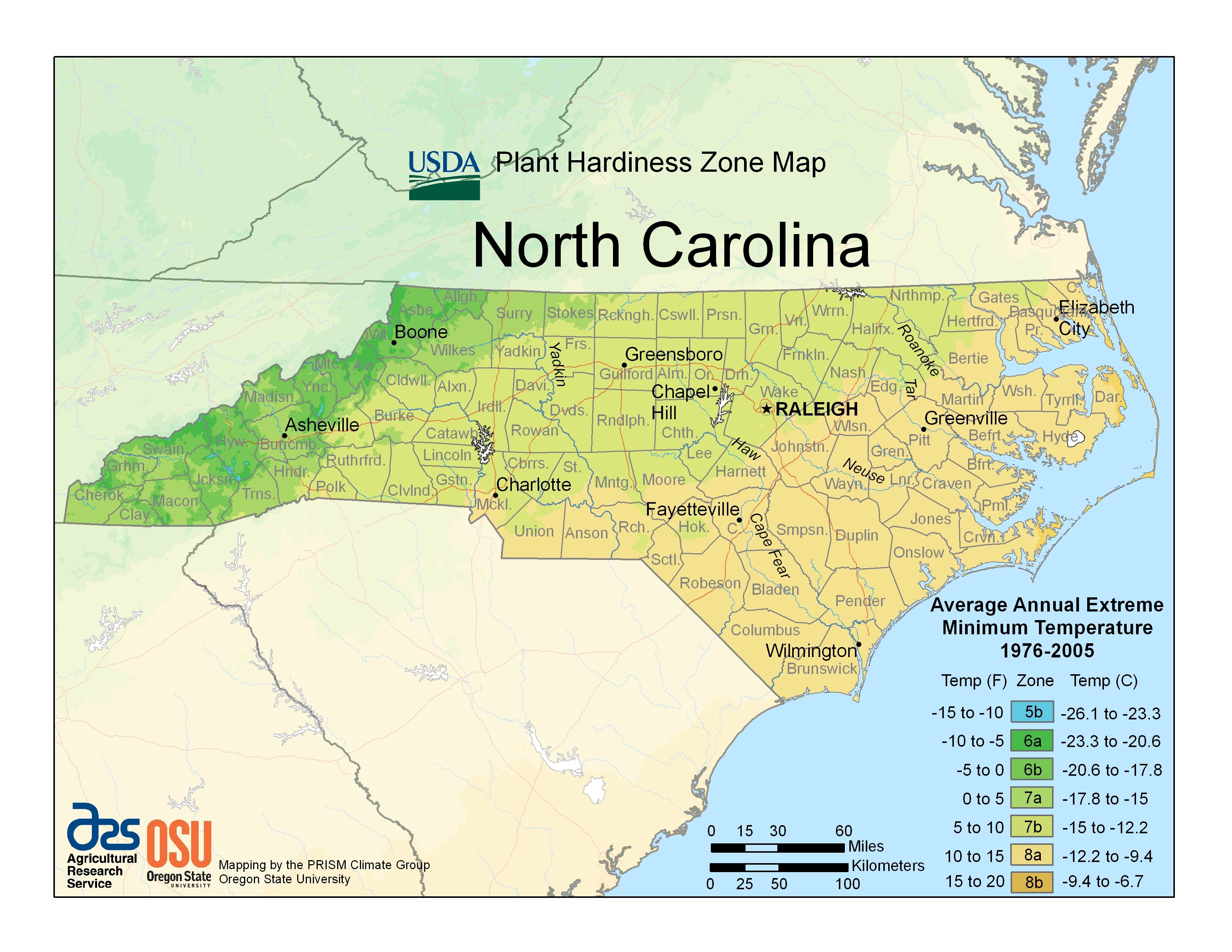
What Growing Zone is North Carolina In?
North Carolina Planting Zones - USDA Map Of North Carolina Growing Zones
Gardening in North Carolina is a rewarding endeavor, thanks to the state’s diverse climate and rich soil. Whether you're nestled in the northwest or lounging in the southeast, the USDA Plant Hardiness Zones provide a reliable framework to guide your planting decisions. In 2023, the USDA updated its Plant Hardiness Map, reflecting three decades of climate data to offer even more precise zone classifications. This map considers factors like elevation and proximity to large water bodies, dividing zones into 10-degree increments with 5-degree subzones for enhanced accuracy.
Planting in North Carolina Using the USDA Plant Hardiness Map
Navigating North Carolina’s varied climates becomes straightforward with the USDA Plant Hardiness Map. Here's how you can make the most of it:
1. Determine Your Zone: Visit the USDA website and enter your zip code to identify your specific hardiness zone. This step is crucial for selecting plants that can withstand your local winter temperatures.
2. Choose the Right Plants: Opt for species rated for your zone or lower. For instance, if you’re in zone 8a, plants like Carolina lupine and eastern blue star will thrive, while zone 6a gardeners might focus on more cold-tolerant varieties.
3. Optimal Planting Times: Understanding your zone helps you plan planting schedules effectively, ensuring seeds are sown and plants are transplanted at the most advantageous times.
4. Adapt to Microclimates: While the USDA map provides a broad overview, consider your garden’s microclimate. Factors like shade, wind exposure, and soil drainage can influence plant performance.
NC Zone Map

Understanding Your Zone
Your USDA Plant Hardiness Zone is a key determinant in gardening success. It’s based on the average annual extreme minimum temperature, divided into zones and subzones. For example, zone 8a in Raleigh experiences winter lows around 20°F (-6.7°C), making it suitable for a variety of both native and exotic plants.
Raleigh’s Rich Gardening Landscape
In Raleigh, zone 8a offers a plethora of planting opportunities:
- Native Flowers: Wood anemone, Carolina lupine, dwarf crested iris, swamp milkweed, and eastern blue star add color and resilience to gardens.
- Vegetables: Cucumbers, pumpkins, cabbage, squash, cantaloupe, watermelon, and tomatoes thrive in this zone’s climate.